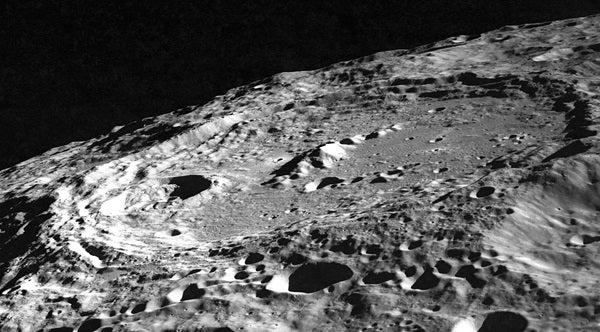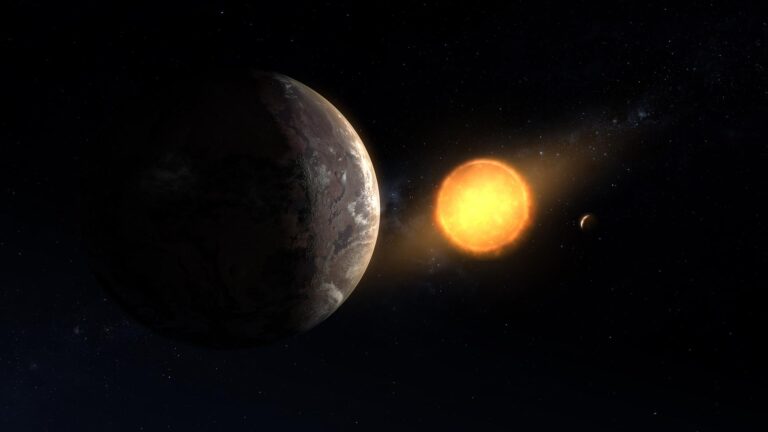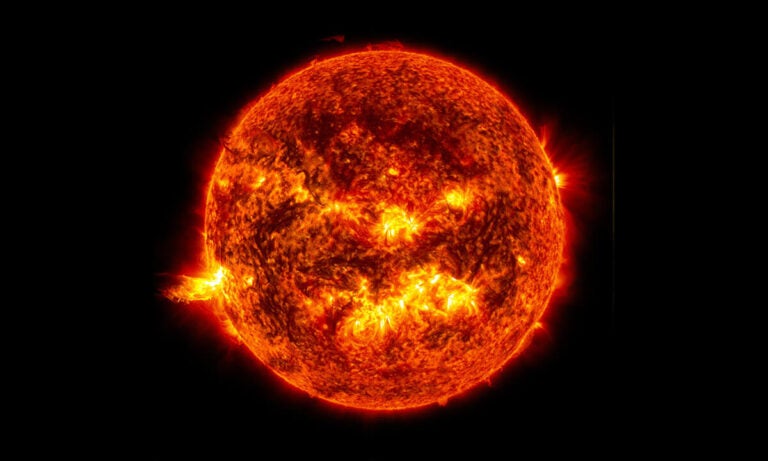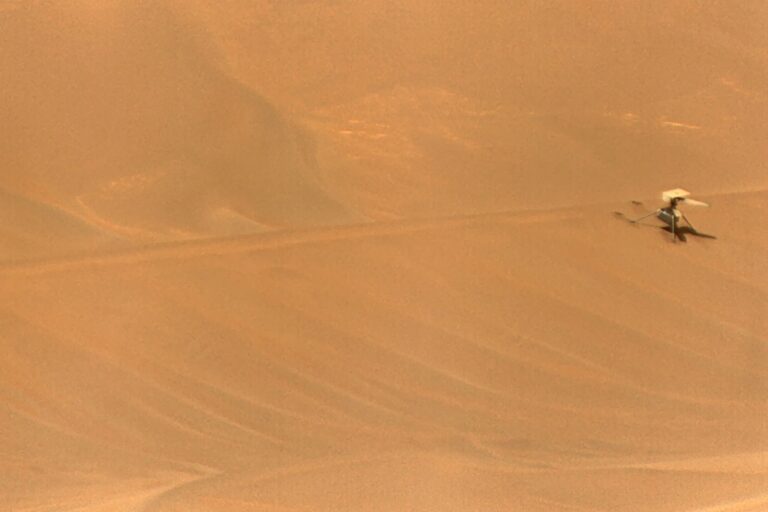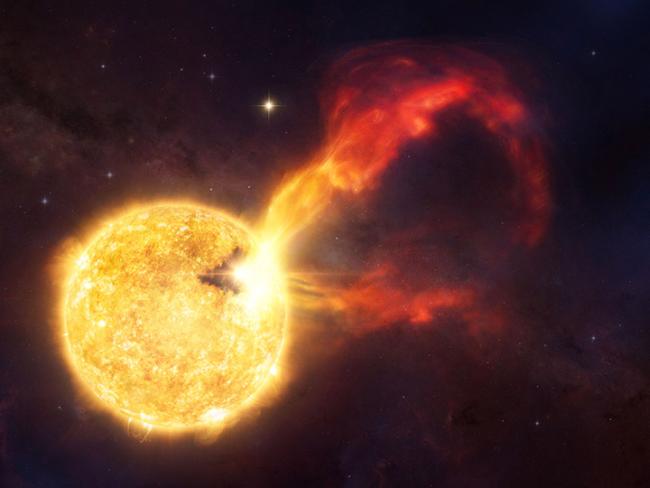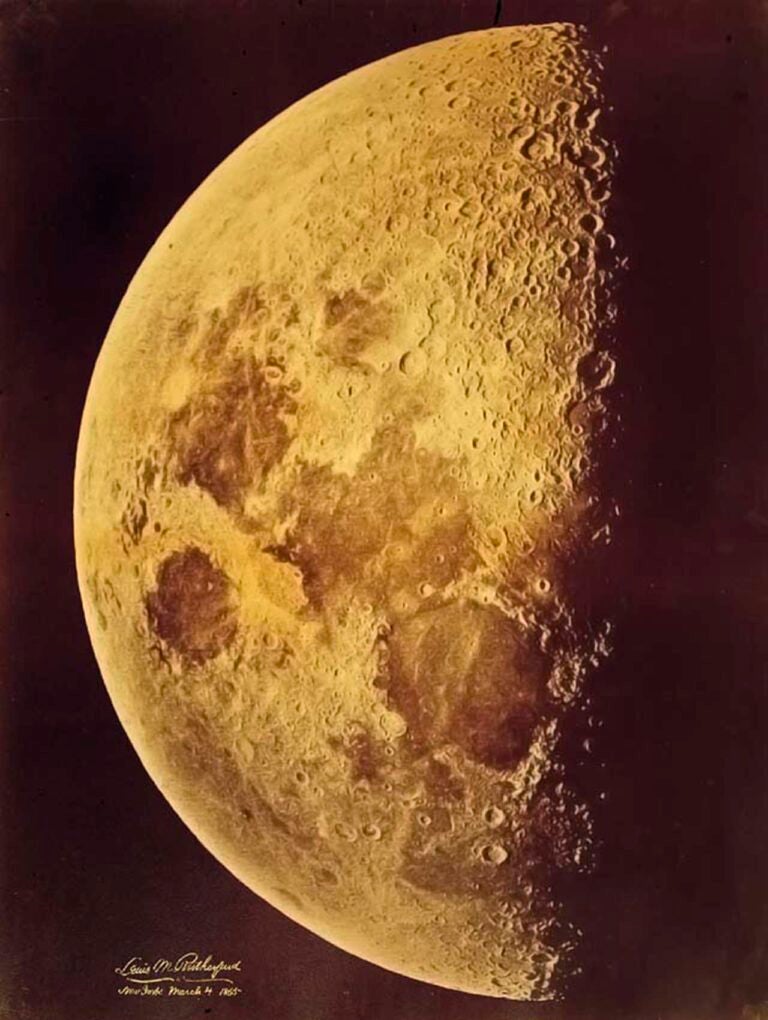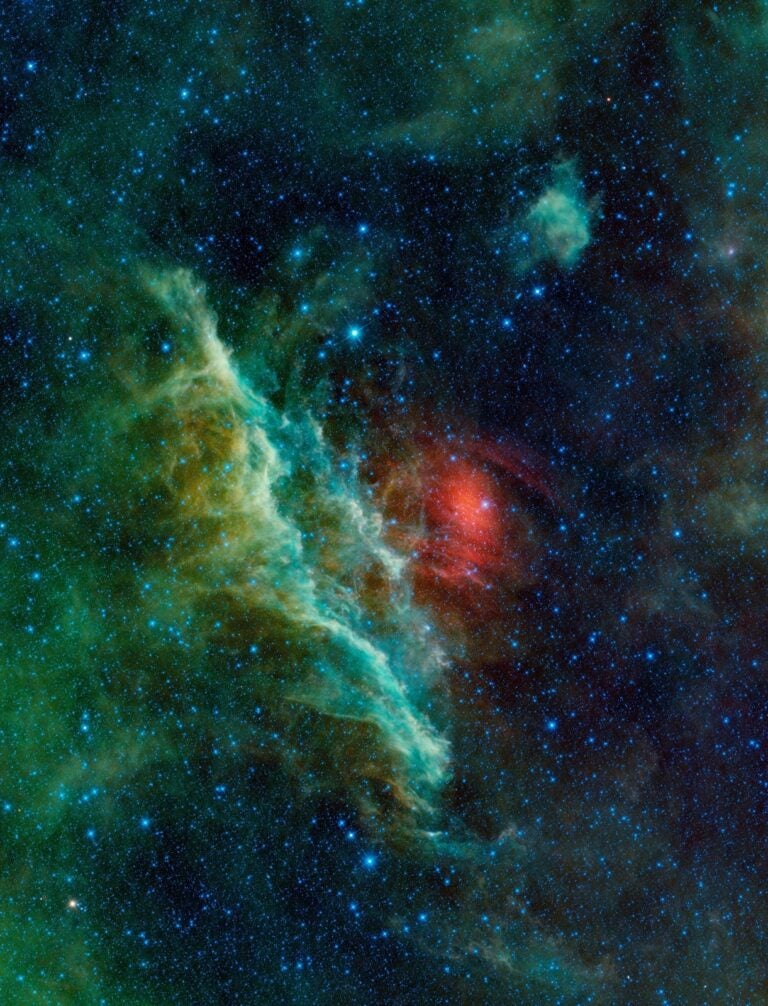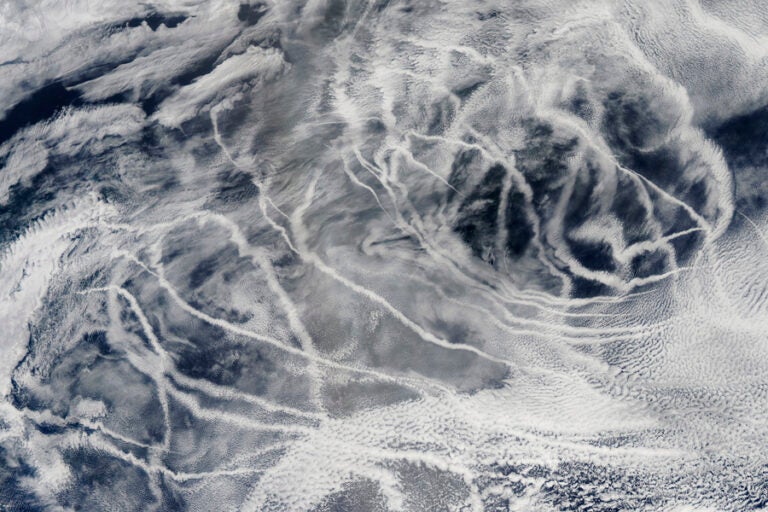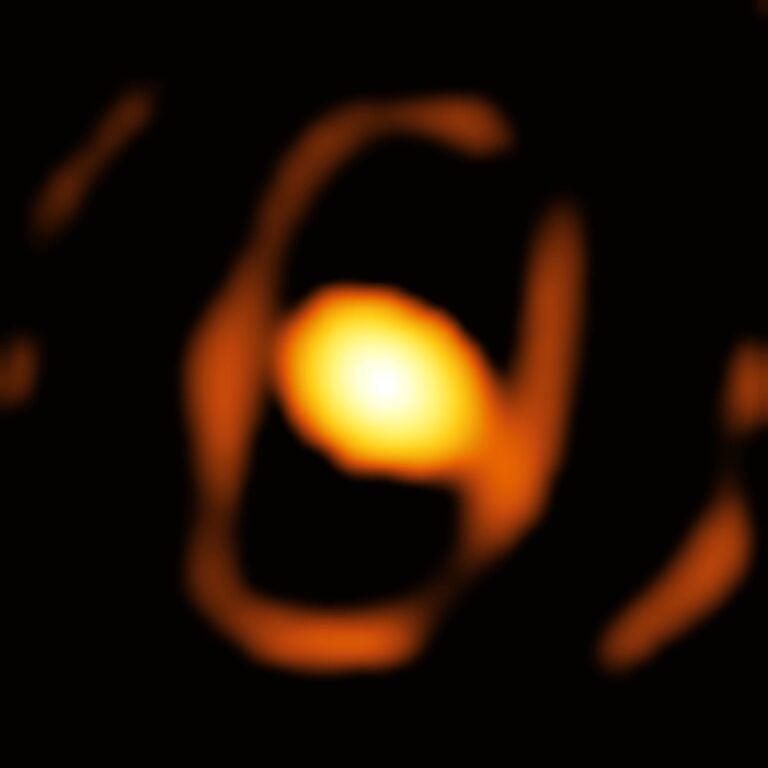Today, keeping track of features on the Moon is fairly straightforward, thanks to the meticulous naming system overseen by the International Astronomical Union. But a century ago, it was a free-for-all: whoever drew the map chose the labels, and the same crater or dome could have four different names.
That is, until Mary Adela Blagg stepped in. Blagg was in her late 40s when she fell for astronomy. Even though she was mostly self-taught, she made important contributions to two areas of astronomy, lunar nomenclature and variable stars. In 1916, she was one of the first four women admitted to the Royal Astronomical Society in recognition of her work—but today, she is almost forgotten.
Blagg, who was born in 1858, spent most of her life in Cheadle, a small town in England. “In their time, the Blaggs were kind of local royalty, they were involved in all aspects of Cheadle life,” says Mike Plant, a local historian at the Cheadle Historical Society. Her father was a lawyer and when her mother died, Mary became responsible for her family.
She went to school in London, but not to college—instead, she borrowed her brother’s math textbooks. Her interest in astronomy likely dates to 1904 or 1905, when she attended a local lecture series by Joseph Hardcastle, the grandson of Uranus discoverer William Herschel.
By 1906, they were communicating enough that he had arranged for the publication of her analysis of a year’s worth of star observations—4,000 in all. Blagg also traded letters with H.H. Turner, a prominent astronomer at the time, who was publicizing her work by 1913.
Correspondence and collaboration with leading astronomers threaded through her entire career. “Although people like to think of her working under others, in fact she did most of the analysis,” says Jeremy Shears, president of the British Astronomical Association, a society of amateur astronomers, of which Blagg was a long-standing member. “They did a very good job supporting her and probably gave her the confidence to let her get on with the research she was stimulated by.”
Hardcastle and Turner guided Blagg to both her of the fields she did her best work in: They recommended her to astronomers looking to sort out the chaos on the moon and sent her stacks of observations of variable stars. Impressively, Blagg at times seems to have worked on both of these projects at once.
Blagg’s first foray into lunar nomenclature, published in 1913, was a book-length table aligning named craters and other features from three main lunar maps, two German and one English. She continued tracking mismatched names and led the creation of the International Astronomical Union’s first formal list of features, published in 1935.
For both these projects, Blagg would have pored over maps and reports by previous astronomers, cross-referencing them with the latest images of the moon she could find—first early photographs of the moon made in Paris, later more detailed ones from the Lick telescope in California.
Planetary geologist Chuck Wood, now at the Planetary Science Institute, did similar work in the 1960s when NASA wanted to revisit naming, which had gotten sloppy since Blagg’s work. “I can attest that that’s very difficult,” Wood says. With even with more modern, higher-res images, “it was still almost impossible sometimes to identify what the maps showed with what the photographs showed was the reality of the moon.”
Similarly, Blagg’s work with variable stars combined raw data from predecessors and her own strikingly meticulous analysis. Turner had acquired a stack of notebooks in which an astronomer compared the brightness of variable stars over time with their steadily-lit neighbors. Blagg had to identify those nearby stars and calculate the variable star’s brightness in each observation.
She then calculated the length of that cycle thanks to her advanced math skills, whereas previous astronomers had simply graphed the data and eyeballed it. It’s the kind of analysis that’s easy to do today, but took immense skill when computers were still humans. “If I do it now I just stick it in a computer until it gives me a spectral analysis,” Shears, who studies variable stars, says.
Among her other conclusions, Blagg determined that in one star, Beta Lyrae, the cycle of brightening and dimming was gradually slowing. That observation has held up over time—in 2008,data from the CHARA Array Inferometer confirmed Beta Lyrae is a binary star. “One of the stars is cannibalizing its companion,” says Stella Kafka, director of the American Association of Variable Star Observers. “It’s literally sucking the life out of its companion through an accretion disk.”
Both projects involved grappling with vast amounts of information—without the aid of modern technology. “Back in Mary Blagg’s days, you had to have an analytical turn of mind to take that raw data and make sense of it,” Kevin Kilburn, an astronomer and astronomical historian, says. “That’s what makes Mary Blagg rather unusual at that time.”
Her correspondences with other astronomers were key to earning Blagg her place in the Royal Astronomical Society. “There was a bit of social networking going on,” for all four of the first female fellows, says Sian Prosser, the society’s librarian. All four had personal or professional ties to prominent astronomers—a trait they shared with plenty of freshly minted male fellows through the years as well.
Women had been awarded honorary membership for at least 80 years, but the society had to pay the king 3000 pounds and edit its charter to make it clear that women could be fellows. And according to a letter from Turner to Francisca Herschel, who was elected later in 1916, there had been some concern of “opposition” to female fellows, but the backlash never appeared.
Blagg was also recognized with a crater on the moon, named for her before she died in 1944. Her quiet personal life belied her scientific achievements—she had never married and had rarely even left Cheadle, communicating with the astronomical community primarily in writing.
While her contributions relied on unique skills and she was more independent than most women in astronomy, Blagg wasn’t alone in conducting professional-grade research as an amateur. “I think the thing that strikes me most is she wasn’t ahead of her time, she was part and parcel of late Victorian astronomy,” says Kilburn. “She was certainly recognized for her work, but I think it came at a time that attitudes were being relaxed. It was recognized that women were involved in science, they weren’t just pressing flowers into books.“

